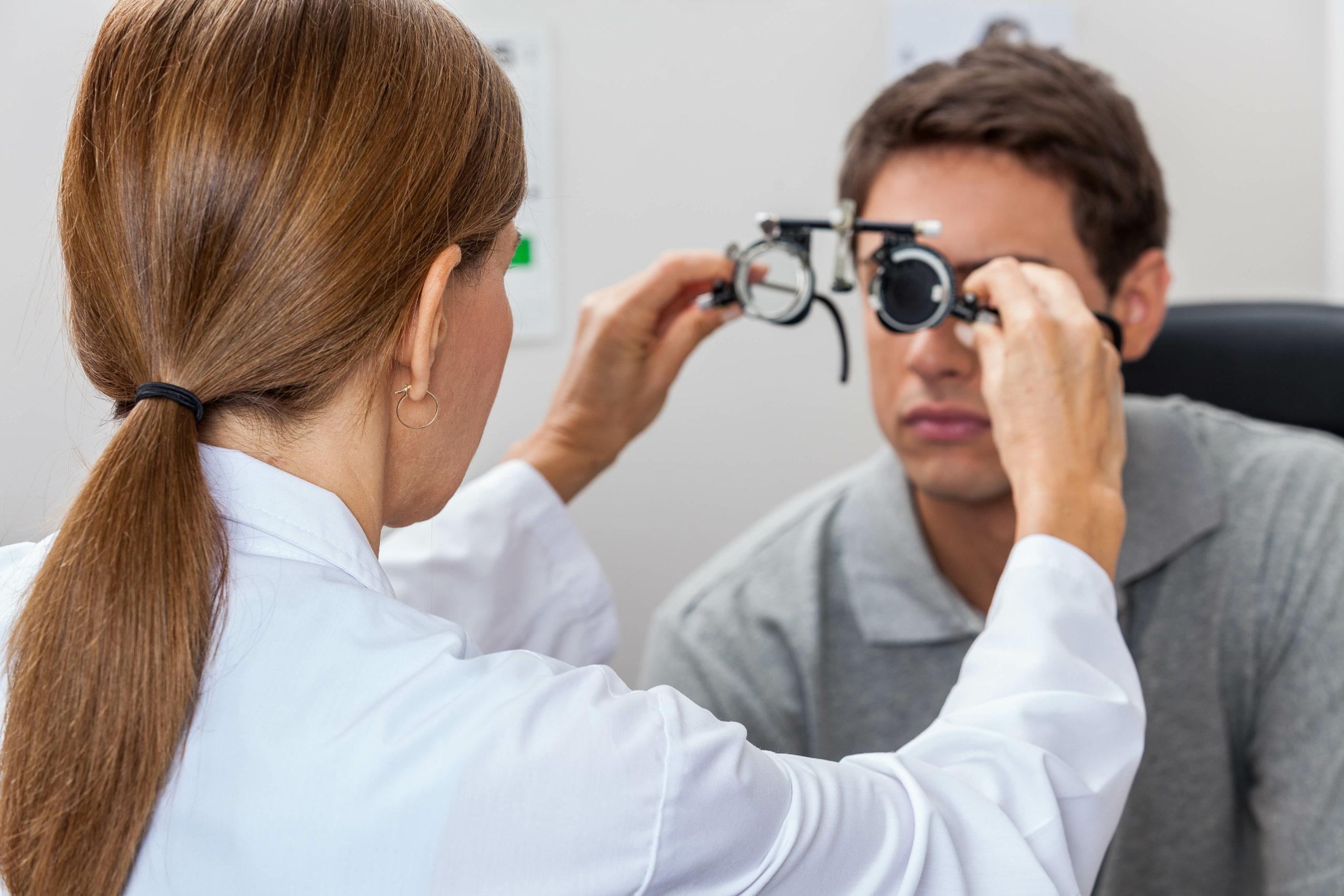More than 2 billion people globally have a vision impairment – nearly half of which could have been prevented or have yet to be addressed. That’s why World Sight Day, an international day of awareness held each October, focuses attention on the important global issue of eye health.
World Sight Day provides a platform for organizations to encourage governments, corporations, institutions and individuals to actively support universal access to eye health. The day also sheds light on the staggering number of people who struggle with vision impairments.
- 76 million people have glaucoma
- 2.5 million people have trachomatous trichiasis, the leading infectious cause of blindness in the world
- 277 million people have high myopia, nearsightedness of -6.00 diopters or higher
While the impact of vision conditions can be felt across the globe, there is a significant presence in the United States, where an estimated 90 million adults are affected. Vision impairment at any age can erode a person’s quality of life by limiting communication and mobility, undermining independence and education, and limiting socialization and productivity.
New therapies continue to make treatment possible for more patients with vision conditions. From the first-ever gene therapy to cure blindness, to a new biologic treatment that can provide thyroid eye disease patients with unprecedented relief, innovation holds enormous promise. But accessing treatment can be complicated for several reasons:
- Patients lack awareness and education on vision health. Poor public education about vision health also contributes to the underutilization of vision services. A lack of information about risk factors and available interventions may cause patients to set vision health as a low priority.
- Patients don’t visit a health care provider. In some cases, patients aren’t seeing a health care provider as needed. In fact, only half of U.S. adults at high risk for vision loss visited an eye doctor in the past 12 months.
- Health plan barriers stand in the way. In other cases, patients encounter barriers related to their health plan coverage. Insurers often turn to techniques such as prior authorization and step therapy to limit the number of patients who can receive costly medications.
- Out-of-pocket expenses price patients out of care. Health plans also rely on the use of specialty tiers, accompanied by high out-of-pocket costs for patients. This coverage model can discourage patients from seeking care because they simply cannot afford it.
Health plan barriers can frustrate patients who already face health and economic challenges. Consider, for example, that people of lower socioeconomic status, racial and ethnic minorities are at higher risk of vision conditions. They are also less likely to have access to high quality care. Yet, as vision conditions and vision loss progress, costs grow exponentially. The average annual cost of care for someone with low vision is $15,900 compared to $26,900 for someone who is blind.
This year on World Sight Day, advocates are calling for policymakers to improve access to vision care. A combination of increased vision health awareness and adequate insurance coverage can help people with vision impairments live full, productive lives.

